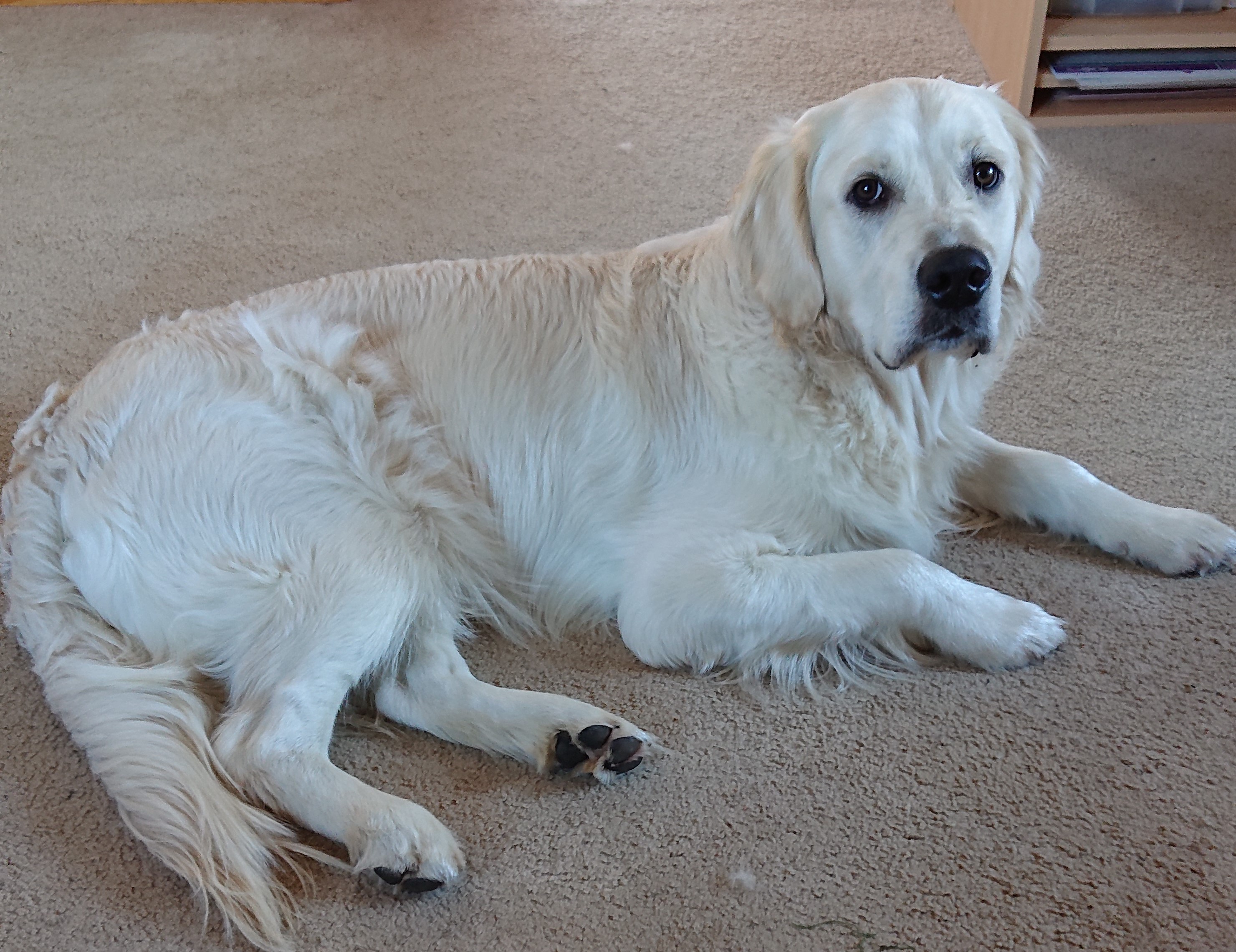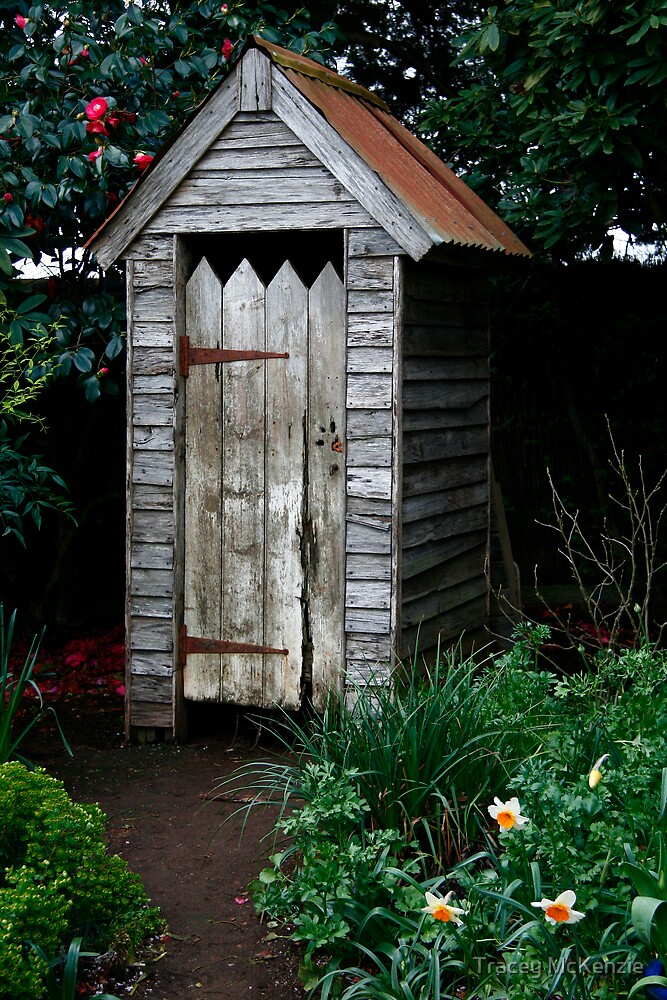New weed-fighting tool helps gardeners make better choices
Did you know that more than 70 per cent of invasive plant species escaped over the garden fence? Lantana was once a loved plant, so was the prickly pear, and pampas grass. There are thousands of seemingly harmless plants that we can buy from nurseries, chain stores and markets that can escape and damage native ecosystems.
Now there's no excuse. A new interactive website developed by researchers at Macquarie University can help gardeners select plants that won't harm the surrounding region.
“Plants that are able to establish in a new environment can escape from our gardens and spread into nearby bushland, where conditions permitting, they out-compete or smother our native vegetation,” says Professor Michelle Leishman from Macquarie University’s Department of Biological Sciences, who is leading new research to reduce this risk.
Prof. Leishman and her team have developed an easy-to-use, location-based Ornamental Plant Decision Support Tool which can help predict the risk of invasiveness of ornamental plants to help gardeners make safer choices for their gardens.
The tool checks plants against a series of 24 criteria to work out how likely they are to become invasive. It is a core component of the Plant Sure scheme, which will help gardeners and plant sellers choose ornamental garden plants that will reduce the risk of future weed invasions. Gardening businesses that are certified under the Plant Sure scheme will receive stickers to identify their low-risk plants, and will be identified and promoted as 'gardening responsibly' participants.
Are you careful about what you plant in your garden? Especially if you’re in a rural area?






Any plants that have the potential to become invasive in an area, should not be able to be sold in or to that area.